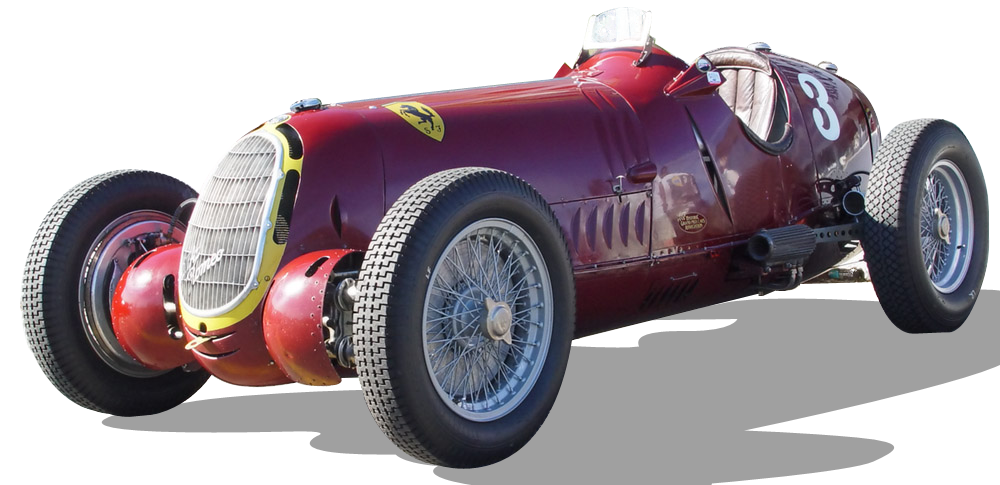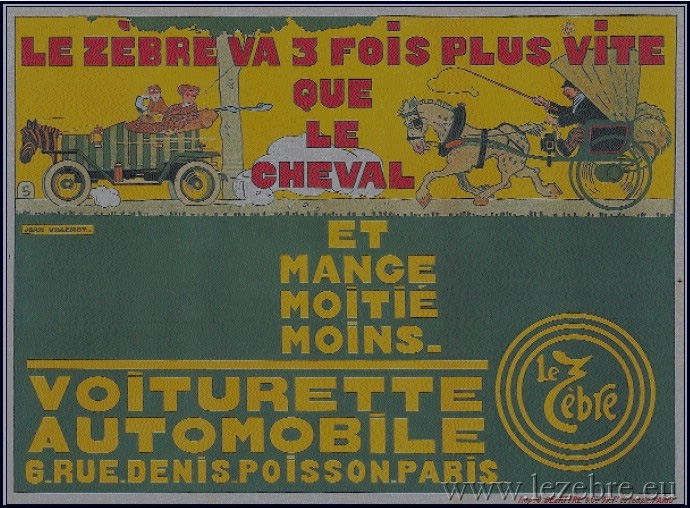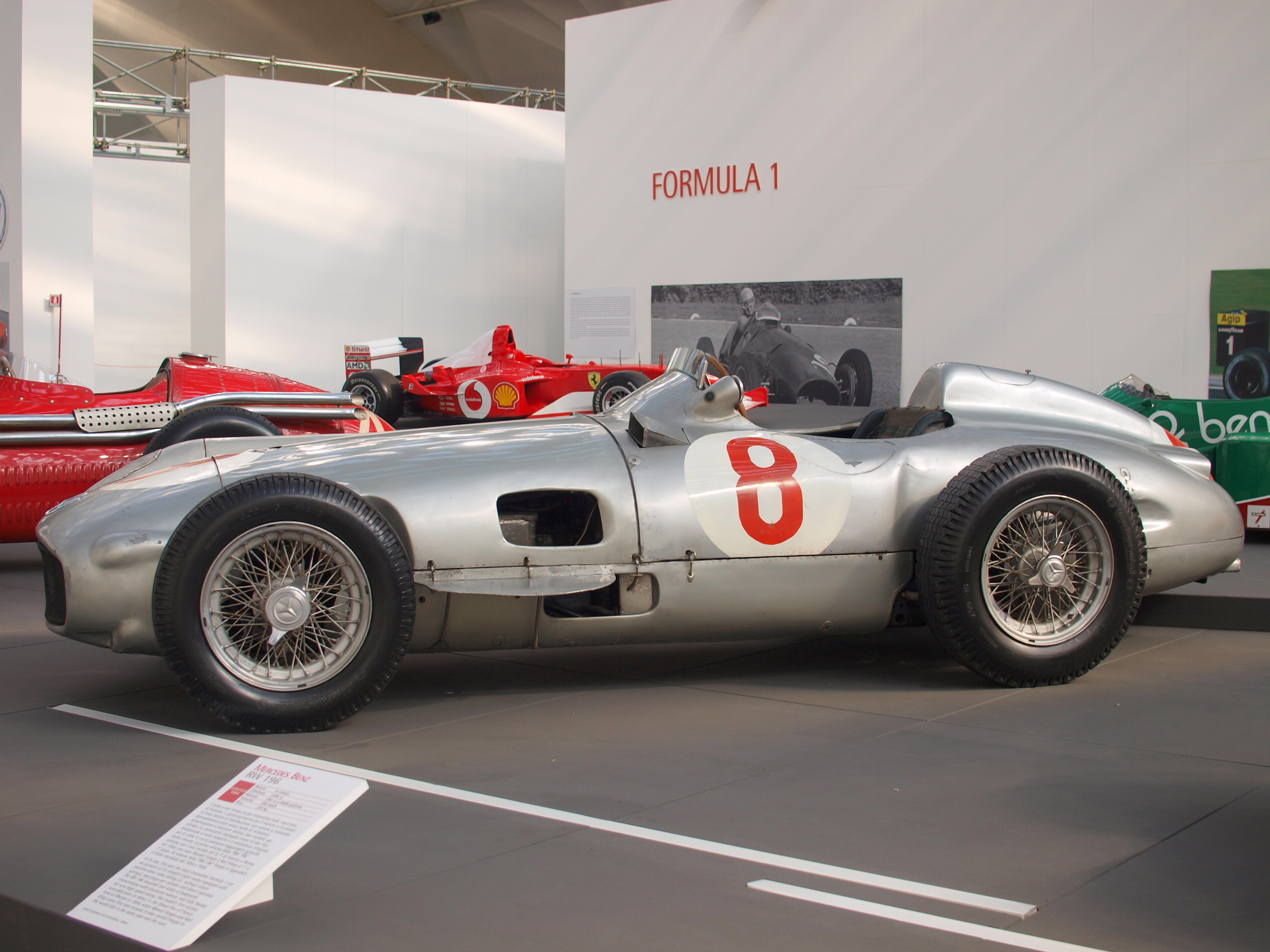|
László Hartmann
László Hartmann ( Hungarian: ''Hartmann László''; 17 August 1901 – 16 May 1938) was a Hungarian Grand Prix motor racing driver. Despite showing little aptitude behind the wheel while training for his road licence, Hartmann went on to become one of Hungary's leading competition drivers of the pre-World War II period. He began his racing career in the late 1920s, driving his own privately entered Hupmobile in local circuit and hillclimb events. He soon graduated to a true racing car, buying a Bugatti Type 35B from compatriot Count Tivadar Zichy in 1929. With this and another of his own Bugattis – a Type 37A sports car bought in 1930 – he began to enter more prestigious and challenging European events in addition to those in his home country. Hartmann regularly featured in the top five finishers at most European hillclimb events in the following few years, and in 1930 he took second place overall in the European Mountain Championship series. His performances caught the ... [...More Info...] [...Related Items...] OR: [Wikipedia] [Google] [Baidu] |
Budapest
Budapest (, ; ) is the capital and most populous city of Hungary. It is the ninth-largest city in the European Union by population within city limits and the second-largest city on the Danube river; the city has an estimated population of 1,752,286 over a land area of about . Budapest, which is both a city and county, forms the centre of the Budapest metropolitan area, which has an area of and a population of 3,303,786; it is a primate city, constituting 33% of the population of Hungary. The history of Budapest began when an early Celtic settlement transformed into the Roman town of Aquincum, the capital of Lower Pannonia. The Hungarians arrived in the territory in the late 9th century, but the area was pillaged by the Mongols in 1241–42. Re-established Buda became one of the centres of Renaissance humanist culture by the 15th century. The Battle of Mohács, in 1526, was followed by nearly 150 years of Ottoman rule. After the reconquest of Buda in 1686, the ... [...More Info...] [...Related Items...] OR: [Wikipedia] [Google] [Baidu] |
Maserati In Motorsport
Throughout its history, the Italian auto manufacturer Maserati has participated in various forms of motorsports including Formula One, sportscar racing and touring car racing, both as a works team and through private entrants. Beginnings One of the first Maseratis the Tipo 26 driven by Alfieri Maserati with Guerino Bertocchi acting as riding mechanic won the Targa Florio 1,500 cc class in 1926, finishing in ninth place in overall. Maserati was very successful in pre-war Grand Prix racing using a variety of cars with 4, 6, 8 and 16 cylinders (two straight-eights mounted parallel to one another). Other notable pre-war successes include winning the Indianapolis 500 twice (1939 and 1940), both times with Wilbur Shaw at the wheel of a 8CTF. Sports and GT cars Maserati won the Targa Florio in 1937, 1938, 1939 and 1940. The first two wins were achieved by Giovanni Rocco with a Maserati 6CM and the last two by Luigi Villoresi with a 6CM in 1939 and a 4CL in 1940. Maserati's post-war ... [...More Info...] [...Related Items...] OR: [Wikipedia] [Google] [Baidu] |
Maserati 4CM
The Maserati 4CM is an open-wheel Grand Prix motor racing car, designed, developed and built by Italian manufacturer Maserati, in 1932. It was constructed to run to Voiturette rules and regulations; which specified a capacity of less than . The Maserati 4CM was equipped with either a , or a four-cylinder engines. With the addition of a roots supercharger, this boosted power to , depending on the size of the engine. It succeeded the Maserati Tipo 26M, and was itself slowly replaced by the Maserati 6CM The Maserati 6CM is an Italian single-seater racing car, made by Maserati of Modena from 1936 to 1940 for the Voiturette racing class. Twenty-seven were built on the Maserati 4CM frame, with front suspension as on the Maserati V8RI, and had a ... around 1936. References {{Maserati 4CM Grand Prix cars ... [...More Info...] [...Related Items...] OR: [Wikipedia] [Google] [Baidu] |
Eugenio Siena
Eugenio Siena (1 April 1905 - 15 May 1938) was an Italian racecar driver from Milan. A cousin of Giuseppe Campari, he was a mechanic and testdriver for Alfa Romeo (assistant to Enzo Ferrari). Next, he joined Scuderia Ferrari 1930–34. Siena won the 1932 Spa 24 Hours with Antonio Brivio in Alfa Romeo 8C, and Mille Miglia with Tazio Nuvolari in 1934. He managed the ''Scuderia Siena'' team and raced Maserati 1934–36, then voiturette. He died in an accident at the 1938 Tripoli Grand Prix The Tripoli Grand Prix (Italian: ''Gran Premio di Tripoli'') was a motor racing event first held in 1925 on a racing circuit outside Tripoli, the capital of what was then Italian Tripolitania, now Libya. It lasted until 1940. Background Motor ..., driving a Tipo 312.Leif SnellmanThe golden era of GP racing 1934-40/ref> References Grand Prix drivers Mille Miglia drivers 24 Hours of Spa drivers Racing drivers from Milan Racing drivers who died while racing Sport deaths in Lib ... [...More Info...] [...Related Items...] OR: [Wikipedia] [Google] [Baidu] |
Alfa Romeo In Motorsport
During its history, Alfa Romeo has competed successfully in many different categories of motorsport, including Grand Prix motor racing, Formula One, sportscar racing, touring car racing and Rallying, rallies. They have competed both as a constructor and an engine supplier, via works entries (usually under the name Alfa Corse or Autodelta) and private entries. The first racing car was made in 1913, three years after the foundation of A.L.F.A., the ALFA 40/60 HP, 40/60 HP had 6-litre straight-4 engine. Alfa Romeo quickly gained a good name in motorsport and gave a sporty image to the whole marque. Pre-war Early history Alfa Romeo started motor racing almost immediately after it was founded. A.L.F.A. ventured into motor racing in 1911, with drivers Franchini and Ronzoni competing in the Targa Florio with two ALFA 24 HP, 24 HP models. The marque's first success came in 1913 when Nino Franchini finished second in the Parma-Poggio Berceto race with a ALFA 40/60 HP, 40/60 HP. Giuseppe ... [...More Info...] [...Related Items...] OR: [Wikipedia] [Google] [Baidu] |
1938 Tripoli Grand Prix
Events January * January 1 ** The Constitution of Estonia#Third Constitution (de facto 1938–1940, de jure 1938–1992), new constitution of Estonia enters into force, which many consider to be the ending of the Era of Silence and the authoritarian regime. ** state-owned enterprise, State-owned railway networks are created by merger, in France (SNCF) and the Netherlands (Nederlandse Spoorwegen – NS). * January 20 – King Farouk of Egypt marries Safinaz Zulficar, who becomes Farida of Egypt, Queen Farida, in Cairo. * January 27 – The Honeymoon Bridge (Niagara Falls), Honeymoon Bridge at Niagara Falls, New York, collapses as a result of an ice jam. February * February 4 ** Adolf Hitler abolishes the War Ministry and creates the Oberkommando der Wehrmacht (High Command of the Armed Forces), giving him direct control of the German military. In addition, he dismisses political and military leaders considered unsympathetic to his philosophy or policies. Gene ... [...More Info...] [...Related Items...] OR: [Wikipedia] [Google] [Baidu] |
1938 Grand Prix Season
The 1938 Grand Prix season was the sixth AIACR European Championship season. The championship was won by Rudolf Caracciola, driving for the Mercedes-Benz Mercedes-Benz (), commonly referred to as Mercedes and sometimes as Benz, is a German luxury and commercial vehicle automotive brand established in 1926. Mercedes-Benz AG (a Mercedes-Benz Group subsidiary established in 2019) is headquartere ... team. Caracciola won one of the four events that counted towards the championship. Season review European Championship Grands Prix Non-championship Grands Prix ''Grandes Épreuves are denoted by a yellow background.'' Championship final standings References * * * {{Grand Prix seasons Grand Prix seasons ... [...More Info...] [...Related Items...] OR: [Wikipedia] [Google] [Baidu] |
Voiturette
A voiturette is a miniature automobile. History ''Voiturette'' was first registered by Léon Bollée in 1895 to name his new motor tricycle. The term became so popular in the early years of the motor industry that it was used by many makers to describe their small cars. The word comes from the French word for "automobile", ''voiture''. Between World War I and World War II light-weight racing cars with engines limited to 1500 cc such as the Alfa Romeo 158/159 Alfetta, the Bugatti Type 13 and the original ERAs were known as voiturettes. In France, in the years after World War II a type of small three-wheeled vehicle voiturette was produced. In 1990s, voiturette became a French classification for a vehicle weighing less than 350 kilograms (770 lb) empty and carrying a load (i.e. passengers) of not more than 200 kilograms (~440 lb). The top speed is limited to 45 km/h (~30 mph) and engine size to 50 cc or 4 kilowatts for an engine of "another type" ... [...More Info...] [...Related Items...] OR: [Wikipedia] [Google] [Baidu] |
Silver Arrows
Silver Arrows (german: link=no, Silberpfeil) was the nickname given by the press to Germany's dominant Mercedes-Benz and Auto Union Grand Prix motor racing cars between 1934 and 1939. The name was later applied to the Mercedes-Benz Formula One and sports cars in 1954 and 1955, then to the Group C prototype racing sports cars that were successful at the Le Mans in the late 1980's, and currently applied to the Mercedes AMG Petronas Formula One Team cars from 2010 to present. For decades until the introduction of sponsorship liveries, each country had its traditional colour in automobile racing. German race cars for their ''Silver Arrows'' silver, Italian for their ''Rosso Corsa'' red, British ones are ''British racing green'' green, French '' Bleu de France'' blue, etc. German cars like the Blitzen Benz were white, as were the three Mercedes that won the 1914 French Grand Prix 1–2–3. On the other hand, Mercedes won the Italian Targa Florio with cars painted red in 19 ... [...More Info...] [...Related Items...] OR: [Wikipedia] [Google] [Baidu] |
Privateer
A privateer is a private person or ship that engages in maritime warfare under a commission of war. Since robbery under arms was a common aspect of seaborne trade, until the early 19th century all merchant ships carried arms. A sovereign or delegated authority issued commissions, also referred to as a letter of marque, during wartime. The commission empowered the holder to carry on all forms of hostility permissible at sea by the usages of war. This included attacking foreign vessels and taking them as prizes, and taking prize crews as prisoners for exchange. Captured ships were subject to condemnation and sale under prize law, with the proceeds divided by percentage between the privateer's sponsors, shipowners, captains and crew. A percentage share usually went to the issuer of the commission (i.e. the sovereign). Privateering allowed sovereigns to raise revenue for war by mobilizing privately owned armed ships and sailors to supplement state power. For participants, privateerin ... [...More Info...] [...Related Items...] OR: [Wikipedia] [Google] [Baidu] |
Tazio Nuvolari
Tazio Giorgio Nuvolari (; 16 November 1892 – 11 August 1953) was an Italian racing driver. He first raced motorcycles and then concentrated on sports cars and single-seaters. A resident of Mantua, he was known as 'Il Mantovano Volante' (The Flying Mantuan) and nicknamed 'Nivola'. His victories—72 major races, 150 in all—included 24 Grands Prix, five Coppa Cianos, two Mille Miglias, two Targa Florios, two RAC Tourist Trophies, a Le Mans 24-hour race, and a European Championship in Grand Prix racing. Ferdinand Porsche called him "the greatest driver of the past, the present, and the future." Biography Nuvolari started racing motorcycles in 1920 at the age of 27, winning the 1925 350cc European Championship. Having raced cars as well as motorcycles from 1925 until 1930, he then concentrated on cars, and won the 1932 European Championship with the Alfa Romeo factory team, Alfa Corse. After Alfa Romeo officially withdrew from Grand Prix racing Nuvolari drove for Enzo F ... [...More Info...] [...Related Items...] OR: [Wikipedia] [Google] [Baidu] |
Maserati 6C 34
The Maserati 6C 34 is a 750 kg open-wheel An open-wheel single-seater (often known as formula car) is a car with the wheels outside the car's main body, and usually having only one seat. Open-wheel cars contrast with street cars, sports cars, stock cars, and touring cars, which have thei ... Grand Prix race car, designed, developed and built by Maserati from 1934 to 1935. Racing history The 6C 34 was equipped with an in-line six-cylinder engine that was 30 hp more powerful, and 13 kg lighter, compared to the eight-cylinder installed on the 8CM. Only five days after the completion of the engine tests on the dyno, the 6C 34 made its racing debut at the 1934 Italian Grand Prix where, due to brake problems, the car did not perform well. At the following Grand Prix, on the Masaryk Circuit, the 6C 34 driven by Tazio Nuvolari finished third, surpassed by the elusive Mercedes-Benz and Auto Union, but ahead of the Alfa Romeo P3. In 1935 adjustments were made to the chassis to stiffe ... [...More Info...] [...Related Items...] OR: [Wikipedia] [Google] [Baidu] |





